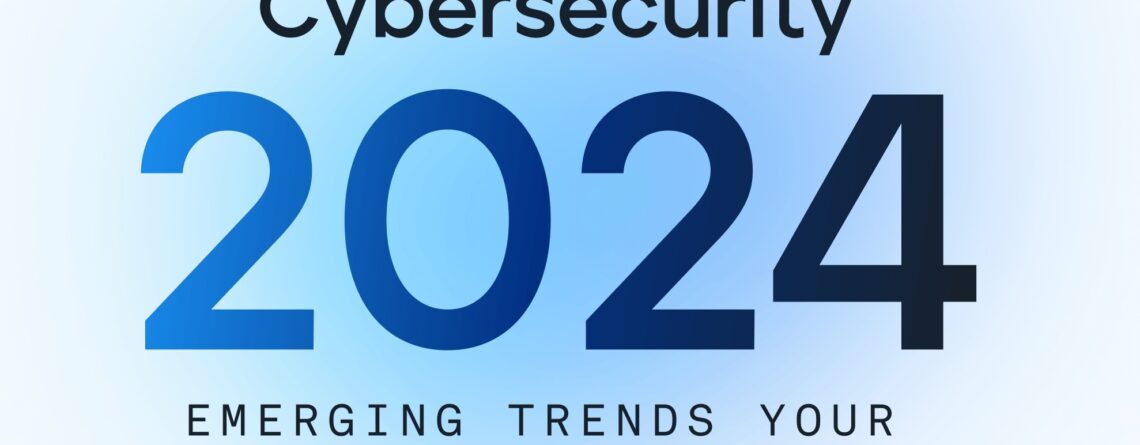Cybersecurity Trends to Watch in 2024
It’s crucial to stay updated with the latest cybersecurity trends. This article aims to provide small businesses with an understanding of the key trends shaping the cybersecurity world this year.
1. Generative AI
Generative AI (GenAI) is becoming a significant part of the cybersecurity conversation. Large language model applications like ChatGPT and Gemini are just the beginning of its disruption. While GenAI promises productivity increases and skills gap reductions, it’s important to manage expectations and encourage experiments.
2. Cybersecurity Outcome-Driven Metrics
With the frequency and negative impact of cybersecurity incidents on the rise, Outcome-Driven Metrics (ODMs) are being adopted to bridge the communication gap in boardrooms. ODMs enable stakeholders to understand the correlation between cybersecurity investment and the protection levels it delivers.
3. Insecure Employee Behavior
Insecure employee practices continue to be a major cybersecurity concern. It’s essential for businesses to invest in regular training programs to educate employees about potential threats and safe online practices.
4. Third-Party Risks
Third-party vulnerabilities pose a significant risk to businesses. It’s crucial to conduct thorough security audits of third-party vendors and implement robust security protocols to mitigate these risks.
5. Continuous Threat Exposure
The threat environment is fast-evolving, and businesses need to stay agile and responsive. Regularly updating security measures and staying informed about the latest threats is key to maintaining a strong defense.
6. Identity-First Approaches to Security
An identity-first approach to security is becoming more prevalent. This approach prioritizes the verification of user identities and their permissions before granting access to systems and data.
7. Zero Trust Architecture
Zero Trust Architecture is a security concept centered on the belief that businesses should not automatically trust anything inside or outside its perimeters. Instead, everything must be verified before granting access.
8. AI-Driven Threat Detection
AI-driven threat detection systems can analyze vast amounts of data to identify potential threats more quickly and accurately than traditional methods.
9. Quantum-Safe Cryptography
With the advent of quantum computing, Quantum-Safe Cryptography is becoming increasingly important. This form of cryptography aims to secure systems against potential threats posed by quantum computers.
10. Cloud Security Evolution
As businesses continue to adopt cloud technologies, the focus on cloud security is intensifying. It’s crucial to implement robust security measures to protect sensitive data in the cloud.
11. IoT Security Enhancements
With the proliferation of Internet of Things (IoT) devices, enhancing IoT security is a top priority. Businesses need to ensure these devices are secure to prevent potential breaches.
12. Ransomware Resilience
Ransomware attacks continue to be a significant threat. Building resilience against such attacks is crucial.
Staying current on cybersecurity trends is critical for businesses to effectively manage the evolving threats and exposures they face daily. By understanding and addressing these trends, you can better protect your critical systems and sensitive information.










Leave a Reply